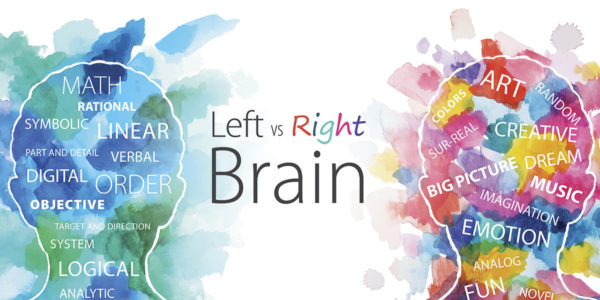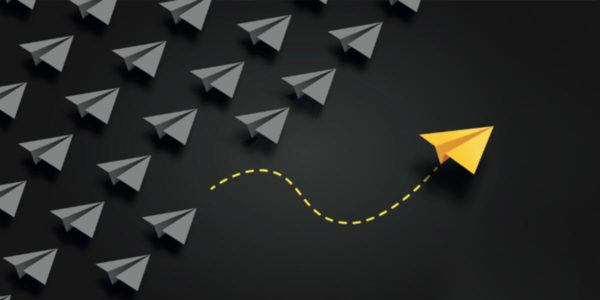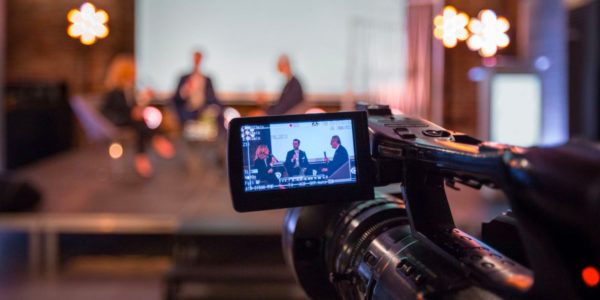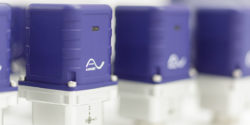“Extensive testing has proven human response to a brand lights up regions of the brain handling emotions. It also affects another part of the brain responsible for memory and exerting control over thinking. We have two competing systems for making brand choices. Effective branding lights up both regions of the brain – emotions and memory.”
– Samuel McClure, Neuroscientist
It is estimated that 95% of brain activity happens subconsciously. Decision-making, memory retention, learning and sensory observation—all are processes that crucially matter to marketers—and can now be measured by cutting-edge Neuromarketing technologies.
How it works: Neuromarketers will show volunteers a product: a website, print ad, TV spot, etc. Using electrical brain wave measurements (EEG) and eye trackers, the brain activity of a consumer is measured in real time as he or she digests specific aspects of the product. This gives the marketers key insight into the emotional impact and attention-demand created by the product-in-question.
For example, Campbell wanted to update their packaging to be more immediately appealing to customers, and turned to neuromarketing as a means to this end. By simultaneously using an eye tracker and an EEG (electrical brain wave measurement) sensor, the Campbell marketing team was able to line up how the brain responded not just to the packaging as a whole, but also to specific aspects of the label.
Trying different designs, they found that including depictions of steam on the label triggered activity in the nucleus accumbens, the part of the brain that anticipates reward. They also found that when their bright red logo was at the top of the can, customers spent too much time looking there and not enough looking at the enticing picture below. (They ultimately decided to scale down the size of their logo and move it to the bottom of the can.) And lastly, they found that the soupspoon originally depicted on the can was just wasting space, triggering no emotional connection with the viewer. Below you can see the widely successful transformation of the labeling.
Neuromarketing techniques allow marketers to segment an advertisement into manageable pieces and work to maximize the effectiveness of an ad space. This is especially appealing to TV advertisers who pay per airtime. In a thirty-second ad, for instance, an un-engaging seven seconds is a colossal waste of thousands of dollars!
Thus, many movie trailers and TV commercials have been turning to neuromarketing for effectivity assurance. (Fun Fact: The Superbowl ads this year were all neuro-tested in the Time Warner MediaLab in New York City. Among measuring eye movement, brain activity, body temperature, sweat response and direct question-answers, the lab also measured the rate that the viewers ate their buffalo wings and guacamole as metrics for how absorbing each ad was.)
Watch below for a real-time scan of a consumer’s brain as he watches the infamous Volkswagen “The Force” commercial. On the video clip, you can see the hot spots where most people are focusing their eyes. To the right, you can see the consumer brain as it lights up frame by frame, and underneath the video, you can see the graph of the total amount of brain activity that the commercial generates as it plays.
Neuroscience offers a very exciting new way to study the effectiveness of an advertisement, website or product. It is important to note, however, that it is not the magic trail to a buy button, but another useful metric to assess the impact of a piece of design.
Photo credits: Krischan Schallengerger/Flickr and http://creativecommons.org/licenses/by-nc-nd/2.0/










